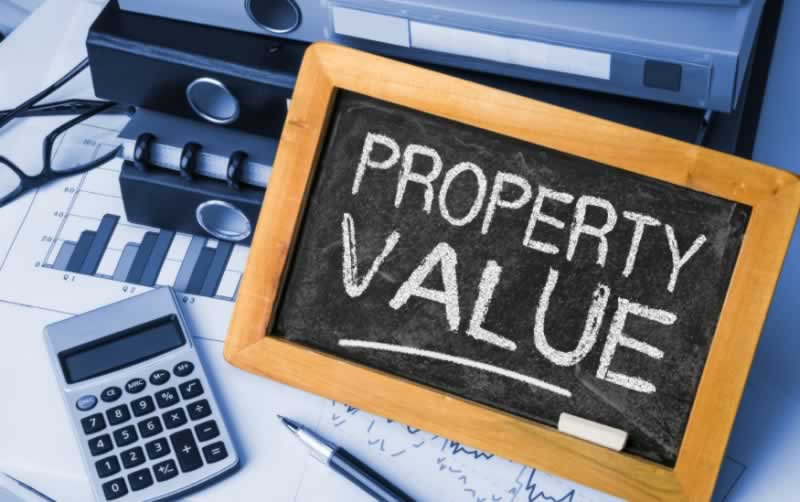Real estate is one of the most profitable assets. But if you are not actively involved in the real estate and construction industry, property valuation will not be a breeze. Indeed, it never is, not even for someone who has worked on the subject for years. If you're wondering what it's like to think like a real estate appraiser or want to take a look at what they have to do, you've come to the right place.
The real estate and property market is constantly on the seesaw. There is no stable and solid method of determining values because it is constantly changing due to many factors such as demographic division, migration, land acquisition, bank interest rates, development projects and new legislative changes, etc. A real estate appraiser must therefore be on its feet in order to demonstrate its competence and be relevant.
Real estate appraisers and real estate agents, are they the same?
Although both of them ultimately aim to determine the price of a property, their approach is very different. A real estate agent will negotiate and crack the highest price achievable for a particular property. Nevertheless, they have to take the local market price into account. They rely on the current daily value and offer competitive prices. A real estate appraiser, on the other hand, analyzes your property in its current state and carries out calculations with various components and estimates the real value of the property. They give fair prices. One is preferred by a seller and the other by an investor. You know what and who. However, the valuation should be important for both, as it prevents the seller from over-capitalizing it, which can lead to problems later when refinancing.
Why is property valuation important?
- The property appraiser provides a legal certificate that shows the actual estimated value of your property. This certificate minimizes tax payment through a tax depreciation plan.
- It will determine the rental income of a property.
- There will be the necessary information necessary for the appreciation of real estate.
- This will be of crucial importance for the future investment analysis.
- A property valuation is required when applying for a mortgage.

Which valuation approaches are used?
Since each property has different characteristics, the valuation approach would be different. There are currently four valuation approaches used by property valuers.
- Sales comparison approach– This approach requires comparing property value to other similar properties that have been sold or rented in that area during that period. They are the "comps". The functions are largely identical. You can maximize the value by mentioning certain features that are unique to your property. Ease of transportation, location, etc. You need to calculate the reference price, which on average consists of three or more affordable properties.
- Capital asset pricing or CAP model– It is a comprehensive approach where the value is estimated based on the return on investment (ROI). A comparative analysis is made between risky and non-risky investments. Risk investments include rental income and non-risky investments like government bonds.
- Income Approach– It estimates the income from renting the property in relation to the original investment in the property. This approach is often used for commercial real estate or leasing objects. Annual net income, net income, and real estate net income are used to determine a cap rate or capitalization rate, the return expected from an income-generating property, or the potential return it promises. The interest expense for the mortgage is also taken into account.
- Cost estimate– This approach is used for real estate projects where multiple buildings are valued to determine real estate prices. The price of each building is estimated using either the square foot method (cost per square foot of floor space), the quantity calculation method (cost of all raw material and installation costs), or the unit-in-place method (cost of) construction per unit of a component). Depreciation is also taken into account here.
Many metrics are used that you can find in any legitimate book. The complexity lies not in the calculations, but in the assessment of where to use what. Real estate valuation is an art that can only be learned through practice.




